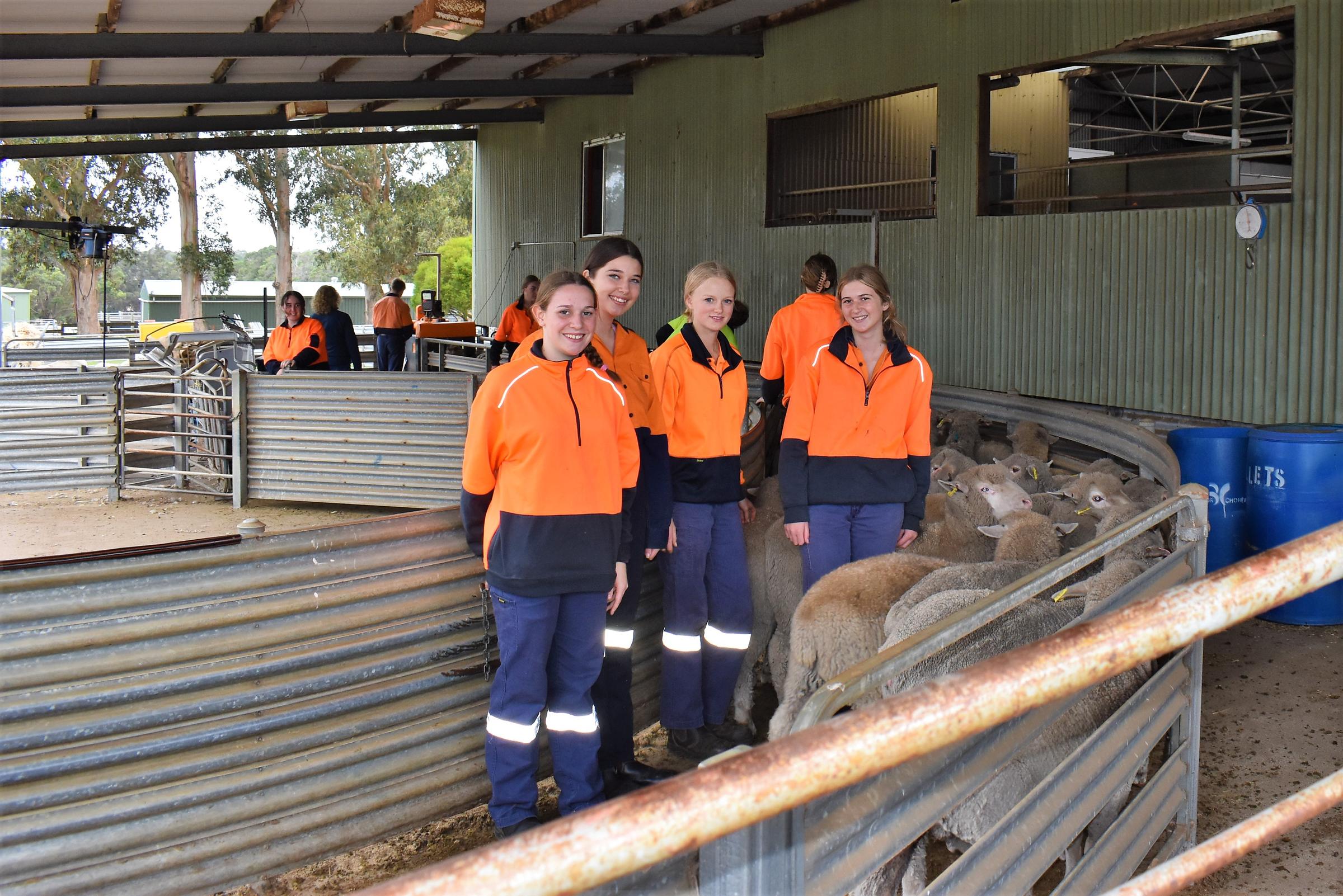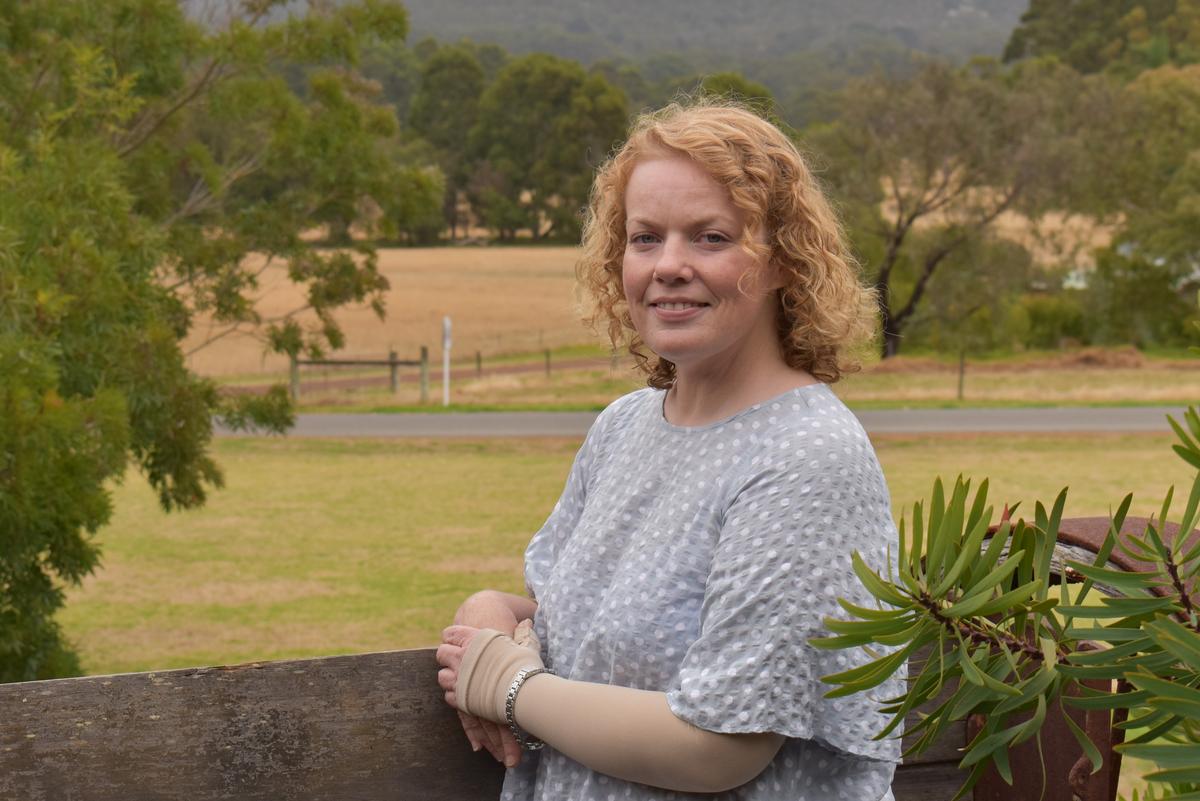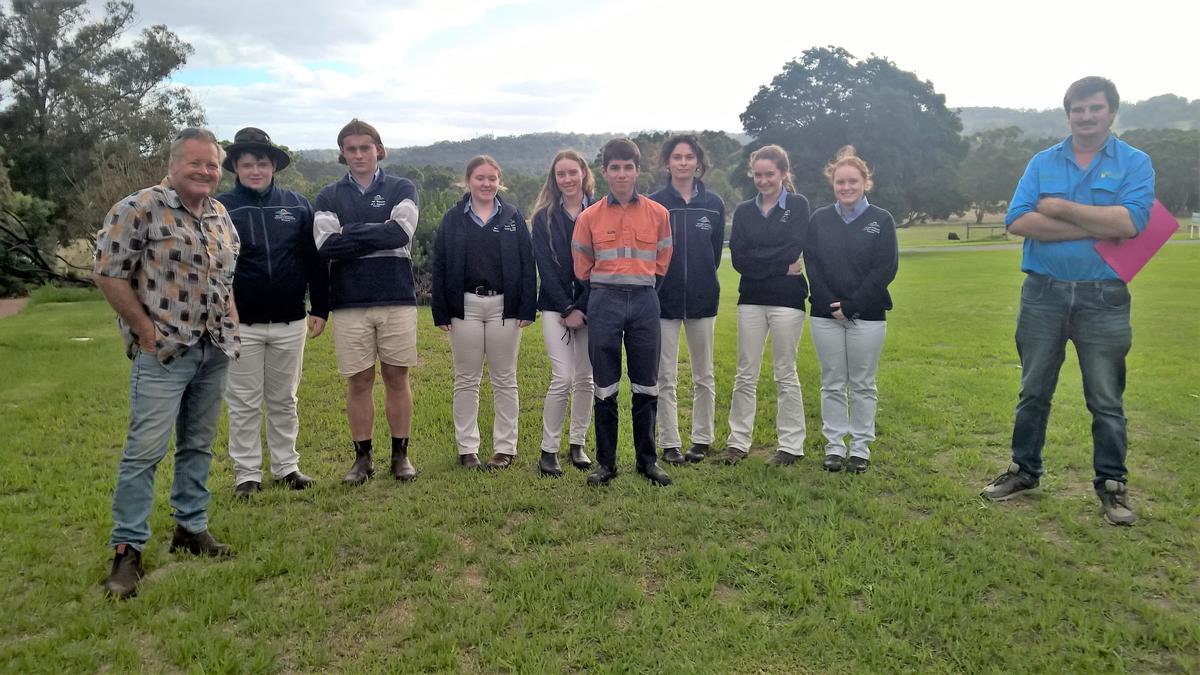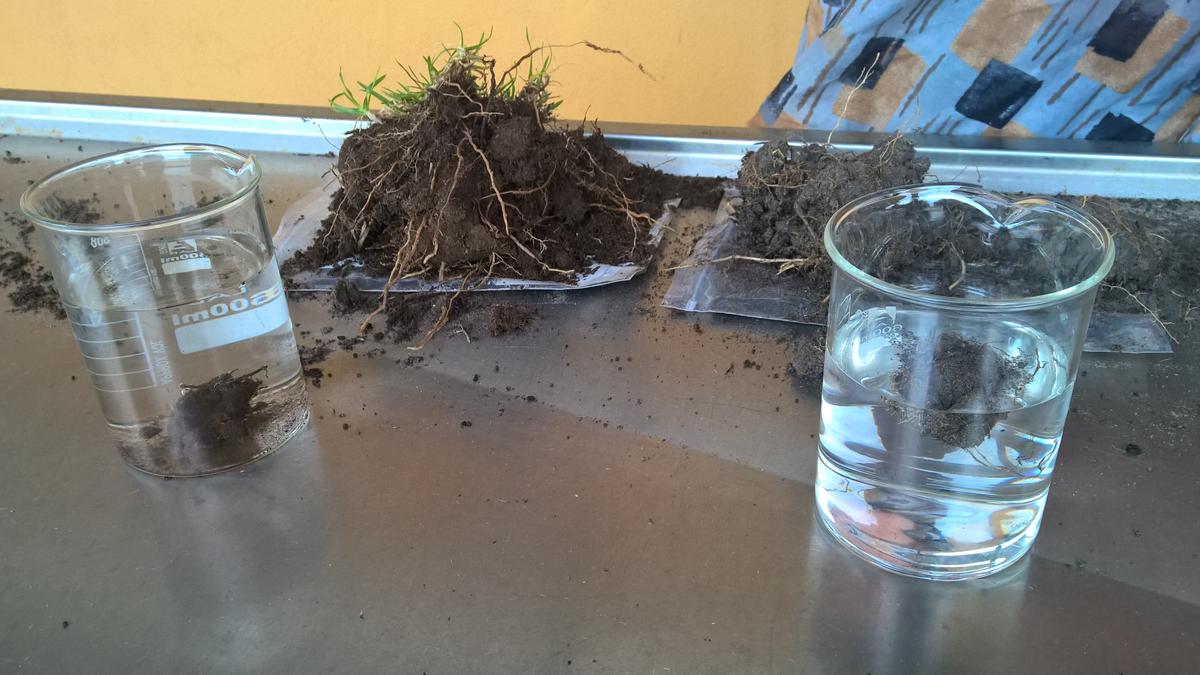Head of Studies

Sustainable Agriculture Presentation
On Monday 4 April, WACOA – Denmark was very privileged to be visited by two large commercial practitioners of sustainable agriculture, David McFall and Jeremy Kowald, to make a presentation to Miss Daniels’ Year 12 ATAR Plant Production Systems class.
David is the president of the Certified Organic and Biodynamic WA (COBWA) industry group, and runs his property ‘Temple Farm’ at Cherry Tree Pools, west of Katanning, using sustainable principles.
Jeremy Kowald is a past student of WACOA – Denmark. After graduating, Jeremy
completed a heavy boiler maker / welder apprenticeship at the Telfer mine site. After a few years working FIFO, Jeremy returned to the family farming enterprise at Carrolup, west of Katanning. Along with his family, Jeremy runs the property using regenerative principles, and is the vice president of the local Landcare group.
Both David and Jeremy take a soil first approach to their farming, and their presentation was no different. They made a site visit to the students’ pasture production project location on the College grounds, and walked the class through how to simply analyse soils with common everyday equipment. Their presentations focussed on their own farming experiences, showing how they attempted to improve their properties for the next generation of farmers, a founding principle of the course studied by our students. Both David and Jeremy were presented with certificates of appreciation and a small gift from the College wine cellar. We thank them for their time, expertise and enthusiastic sharing of the principles of sustainable agriculture that they use in their own enterprises.
Plagiarism
Recently, there has been a problem in a few classes with students not fully understanding of the concept of plagiarism.
So what is plagiarism?
Whenever a student uses an idea that is not their own original thought in an assessed piece of work, the source of the idea must be recognised using referencing or a bibliography. A more common form of plagiarism occurs when words or phrases or sentences, no matter how rearranged, are copied directly from a source (eg a website). Not to recognise the source is a form of stealing known as ‘intellectual theft’. (UNSW (2022) What is Plagiarism? Available online at https://www.student.unsw.edu.au/what-plagiarism#:~:text=Plagiarism%20is%20a%20type%20of,acknowledge%20where%20they%20came%20from.)
Quoting directly from a source is permissible, however the quote must be in ‘quotation marks’, accompanied directly by the source, and cannot make up more than 10% of the words in a piece of work.
The source of diagrams and/or photos included in an assessment task not drawn or taken by a student must also be referenced.
Essentially, to avoid plagiarism, the best advice we have for students is to do the following:
- Always reference the source of photos/diagrams not taken or drawn by a student
- When using a text as a source of information:
- Students should read the source of the information in a text (website, film, ad, course book, class notes etc).
- They should then put the source away.
- Next, they should write out what they understood the source to be saying, IN THEIR OWN WORDS using language they understand.
- They should then compare their writing with the source to ensure that it is not remotely the same as the source.
- When using a text as a source of ideas, the ideas should always be clearly acknowledged using a reference or a bibliography.
Students must present their own work for assessment. Copying is never acceptable, whether from a published source or another student. The consequences at WACOA-Denmark for assessed work that includes plagiarism include:
- When in multiple places students copy or plagiarise, under our assessment policy, a mark of zero must be awarded.
- Where only one question or segment of a task is plagiarised or copied, the teacher may elect to score only that part as zero. However, it must be very clear that only that one part is not the students own work.
- There is no opportunity for students to resubmit the task.
If your child is not sure or needs further help in understanding plagiarism, they should speak directly with their teacher or trainer.




